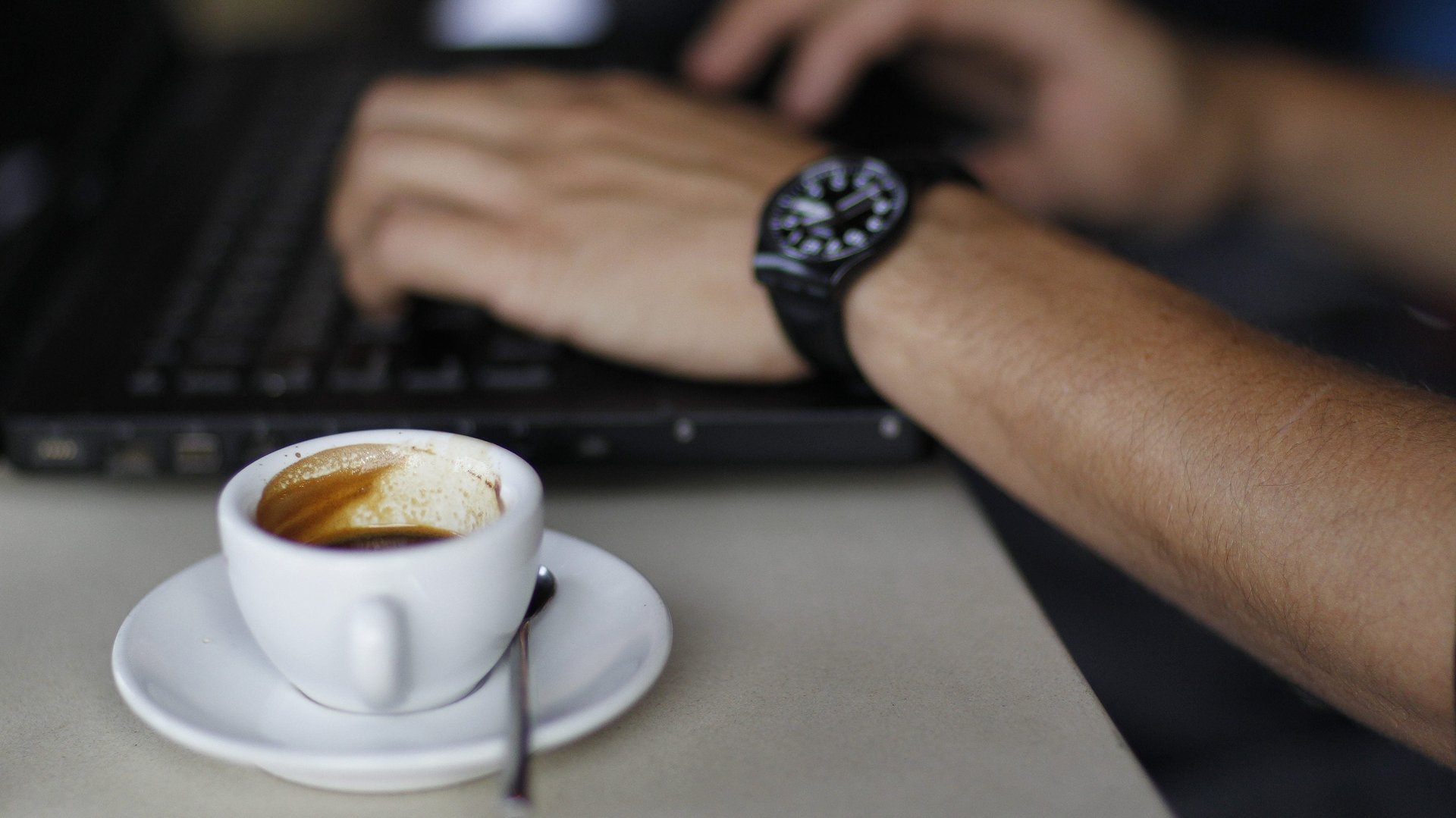Japan’s overwork culture is famous, but the US version may be just as bad
From the outside, Matsuri Takahashi was on track for a distinguished career. After graduating from the prestigious Tokyo University, she had joined Dentsu, one of the world’s largest advertising firms and long-identified as one of the top employers in Japan. A year later, after working through the night day after day with seemingly no end in sight, she committed suicide.


From the outside, Matsuri Takahashi was on track for a distinguished career. After graduating from the prestigious Tokyo University, she had joined Dentsu, one of the world’s largest advertising firms and long-identified as one of the top employers in Japan. A year later, after working through the night day after day with seemingly no end in sight, she committed suicide.
Called “karoshi” in Japan, or “overwork death,” this tragedy threw into stark relief the problems with the Japanese work model. In this model, there is a strong emphasis on face time in the office and working through problems yourself rather than advocating for more resources. That mindset contributes to employee suicide as well as negatively impacting employee retention, performance, and overall health.
In the US, most discussion of karoshi has assumed that overwork culture is specific to Japan. What many don’t realize is that the problem of overwork is possibly worse in the United States.
To explore this idea, I analyzed data collected from a handful of my clients located in either Japan or in the US. Looking at a two-year period of this data—which includes communication patterns within e-mail, calendar, chat apps, and in-person sensor data—yielded a complex picture of how their workers’ habits differ.
At first glance, it appears that Japanese workers extend their workdays longer, working an average of 47 minutes after 6 PM versus an average of 30 minutes for American workers. This extra 17 minutes worked by Japanese workers each day would translate to about a 70-hour difference per year, almost two normal working weeks.
When we look into the actual timing of this work, however, it appears that workers at Japanese companies aren’t working as much through the late hours. In Japan, about 58% of all e-mails after 6 pm are sent between 6 pm and 7 pm. By contrast, in US companies only 25% of these emails are sent between 6 pm and 7 pm, implying that, in the US, workers tend to splice work into their home lives to a greater degree.
On top of this, workers in Japan and the US also have different working styles when they’re in the office. According to our sensor and digital communication data, Americans on average spend around 37% of their time engaged in focused work (15 minutes or more of uninterrupted work). Japanese workers, on the other hand, only spend about 19% of their time engaged in focused work. Most of that focused work time is spent on long meetings and interruptions, with workers in Japanese offices interrupted a staggering 66% more often than Americans. These interruptions have a real cost. Research has shown that while performance may temporarily increase with interruptions, stress also increases and burnout becomes more likely.
These differences mean that Japanese and American work cultures have to approach reducing karoshi and overwork more generally in different ways. In Japan we may need to end the workday earlier and create environments that allow for fewer interruptions. While in the US, we may need to focus on creating better ways for people to unplug from work at night.
Ben Waber is the CEO and co-founder of Humanyze.